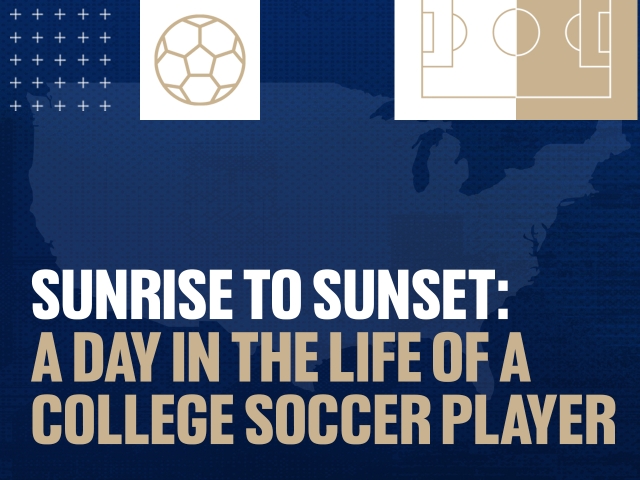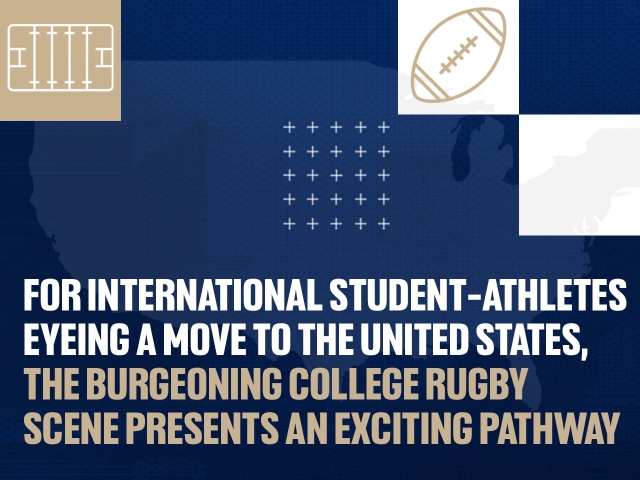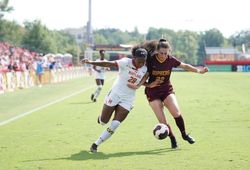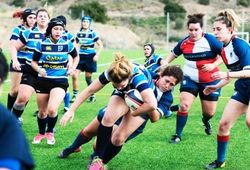Soccer, a UK import to the USA, first began to be played on a collegiate level in the 1960s, with the smaller universities of St Louis and West Chester emerging as the first teams victorious in the sport. The St Louis Billikens first gained Harry Keough as their coach in ’67, almost two decades after he played on the American side during the 1950 World Cup. He would become one of the best college soccer coaches of his time, coaching St Louis to the NCAA Championships five times during his fifteen years with the school. His legacy there would become so great that the Keough Award was created in his name, awarded to those who show excellence in the sport and their contribution to the program.
Over the years, the NCAA All-American honours have become significant in particular to college soccer. Several of those awarded the title during their student amateur days go on to achieve great things in their careers, many playing with the national side soon after graduation. In the 1980s, both Michael Brady and Tom Kain were named to the All-American squad during their times at American and Duke universities, respectively, and both went on to earn caps with the US National Team. Kain additionally went on to join Nike, becoming the director of global marketing for soccer, helping to inspire many others to take up the sport as he did.
Many universities have also adapted over the years to the popularity and growth of soccer as a collegiate sport, adding state of the art facilities and pitches to their campuses in order to help teams fulfil their potential. The University of North Carolina’s Tar Heels have just announced the creation of a new practice field for players, replacing existing Feltzer Field and costing the school an estimated $55 million. This, it is hoped, will continue to help them attract new soccer stars, and continue their role as a “feeder system” to the US Women’s National Team.
Since female soccer was formally recognised by the NCAA in the 1980s, the number of young women taking to the pitch has continued to rise, and the influence the Tar Heels have here cannot be underestimated. Legends of the sport, Mia Hamm and Crystal Dunn, both attended the school, and have paid tribute to the program for helping them realise their potential and grow as players. This has been emulated nationally in schools across the country, and female soccer recruitment is now at an all-time high – something which serves to ensure both competition and participation is ever present in collegiate soccer.
This is a guest blog written by Bethany Sharpe.





